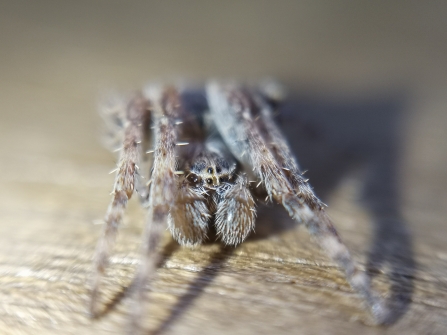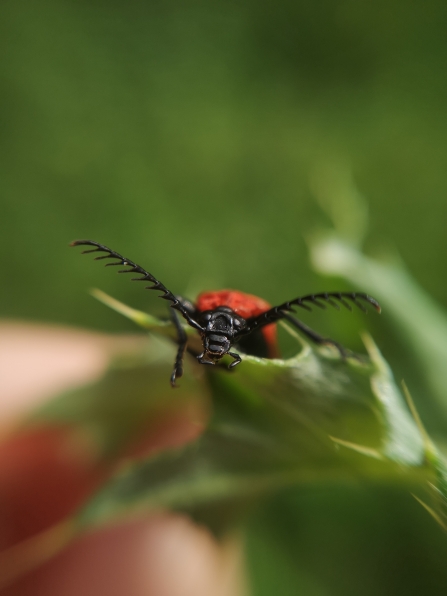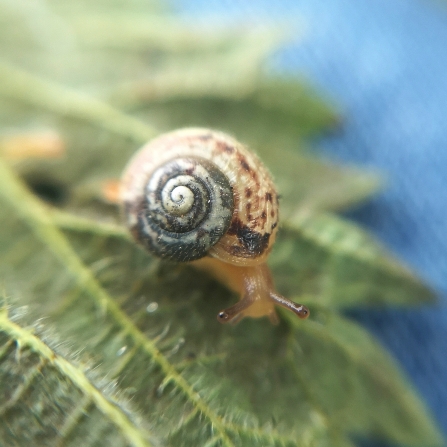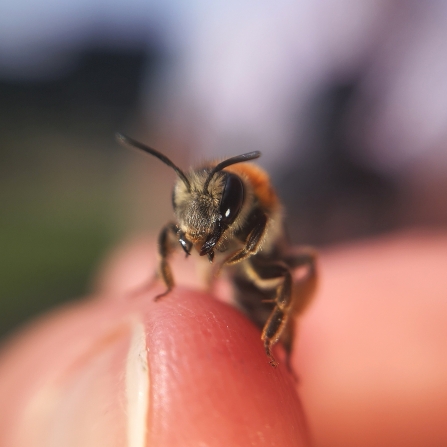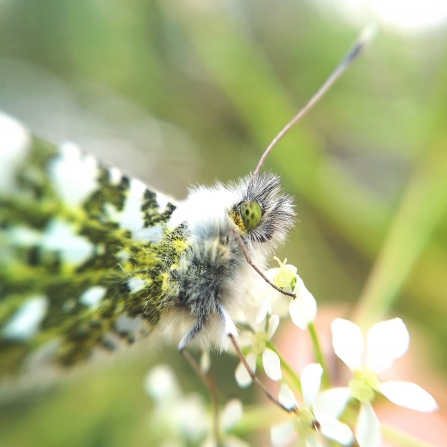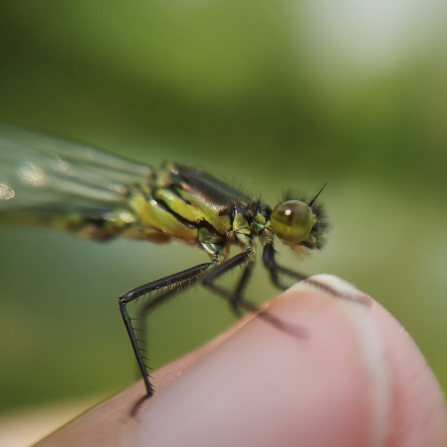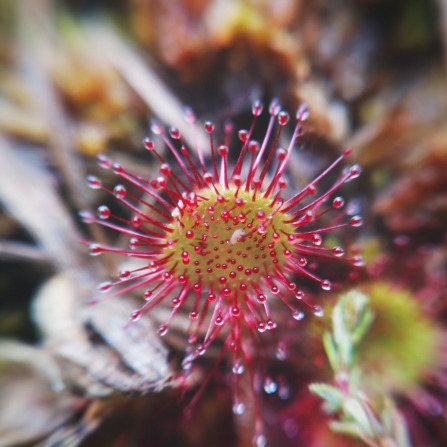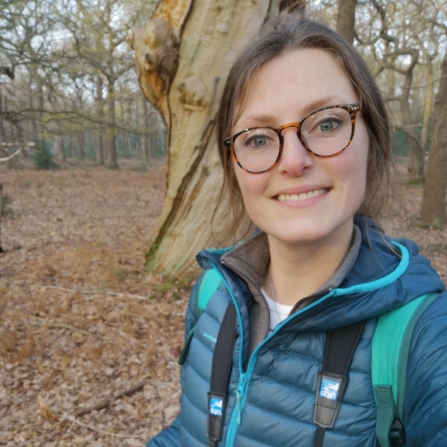We know it’s not always the same story now! Plenty of adults and children alike are increasingly disconnected from nature. A lack of knowledge and education about our natural history means minibeasts are often lumped together, perceived as ‘gross’ or ‘scary’. If you don’t understand something, that unknown creature buzzing around you becomes a threat. We’ve all witnessed the panicked screaming and hand-flapping caused by an uninvited wasp visiting a picnic.
When it comes to our attention, nature is increasingly competing against the world of smartphones and social media. Prising a mobile from a kid’s hands and sending them outside can seem like an impossible task! But, perhaps we could turn this around and use our devices to get closer to nature…
The fabulous 30 Days Wild campaign is a brilliant example of how we can use our devices to connect with wildlife in new ways. As a conservationist, nature lover and wildlife blogger, I’m passionate about using technology positively to discover nature on a whole new level.
Armed with nothing but my phone and a simple clip-on macro lens, I regularly head out on my mini-adventures investigating the fascinating, weird and awesome world of invertebrates. You don’t have to roam far, and it’s not expensive! You can buy these little lenses at places like Brockholes Nature Reserve, and they allow you to delve into a new world of buzzing, crawling and growing life.
Below are some of the funkiest critters I’ve found on my minibeast hunts! Perhaps they’ll inspire you to take on the challenge of discovering the tiny things for yourself.


